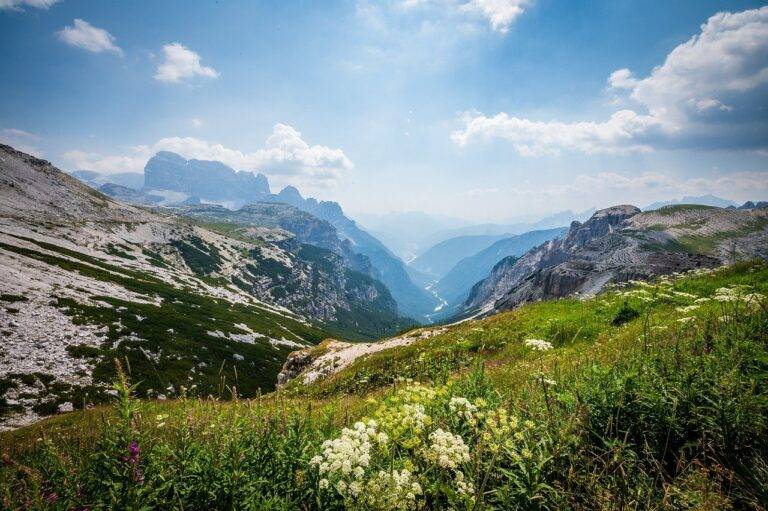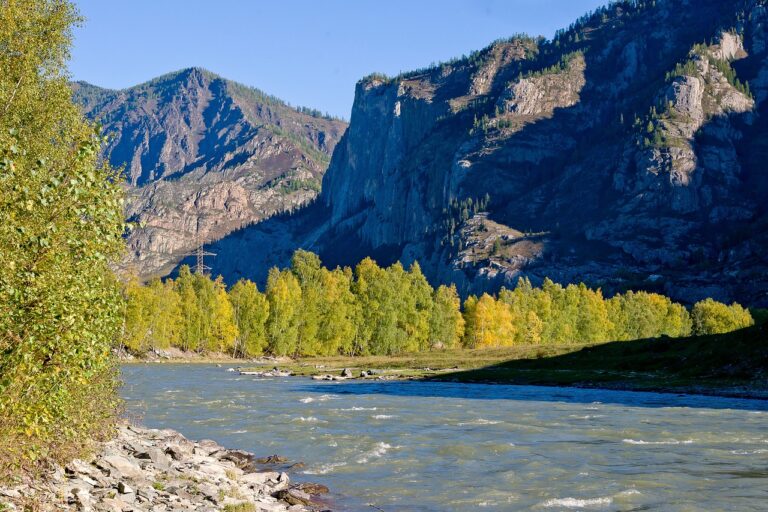Wildlife Conservation Tourism: Contributing to the Protection of Endangered Species
Wildlife Conservation Tourism plays a vital role in preserving the delicate balance of ecosystems around the world. By promoting responsible tourism practices, it not only safeguards endangered species but also contributes to the overall health of our planet. Tourists who engage in wildlife conservation activities help raise awareness about the importance of protecting biodiversity and natural habitats.
With the rise of ecotourism, more travelers are seeking meaningful experiences that go beyond sightseeing. Wildlife conservation tourism offers visitors the chance to connect with nature on a deeper level, fostering a sense of appreciation and respect for the environment. By supporting sustainable tourism initiatives, individuals can actively participate in the conservation of wildlife and contribute to the long-term survival of endangered species.
Understanding the Threats to Endangered Species
The survival of many species is under constant threat due to various factors. One of the primary threats faced by endangered species is habitat loss. Human activities such as deforestation, urbanization, and agriculture have significantly reduced the natural habitats of many species, leaving them with limited space to live and reproduce.
In addition to habitat loss, endangered species also face threats from poaching and illegal wildlife trade. Many animals are targeted for their body parts, which are in demand for various purposes such as traditional medicine, ornamentation, and souvenirs. This unsustainable exploitation not only affects the targeted species but also disrupts the balance of ecosystems they are a part of, leading to cascading negative effects on other species and the environment as a whole.
How Tourism Can Support Conservation Efforts
Tourism has the potential to play a significant role in supporting conservation efforts around the world. By promoting responsible ecotourism practices, travelers can contribute directly to the protection of fragile ecosystems and endangered species. When tourists visit nature reserves, national parks, and wildlife sanctuaries, they provide crucial financial support for conservation initiatives through park fees, donations, and sustainable tourism partnerships.
Furthermore, tourism can raise awareness about conservation challenges and the importance of preserving biodiversity. Through guided tours, educational programs, and interactive experiences, visitors can gain a deeper understanding of the threats facing endangered species and their habitats. This increased awareness can lead to a greater appreciation for wildlife and a heightened sense of urgency to take action to protect our natural world.





